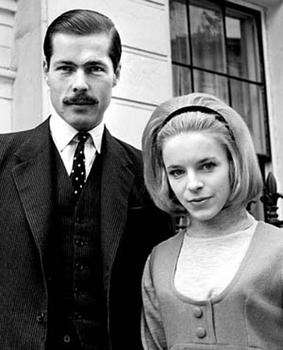YEOMAN DANIEL CAMBRIDGE VC
Daniel Cambridge (1820-82) was born at Carrickfergus, County Antrim, son of Archibald Cambridge and Bridget (nee Murray).
Attesting at Lisburn, County Antrim, in 1839, he gave his occupation as
labourer. He is recorded as being 5' 8" tall, with a fresh
complexion, dark grey eyes and brown hair.
He enlisted four days later,
as a Driver and Gunner in the 4th Battalion, Royal Regiment of
Artillery. Having served with 2nd Company, 4th
Battalion, in Malta (1841-47), Cambridge was then posted to Canada with the
7th Battalion, in 1848.
In 1849, he married Ann Bigham, daughter of James Bigham, at
Notre-Dame de Québec, Quebec, Canada.
In 1853, Cambridge's
posting to Canada came to an end and he and Ann, now expecting their
first child, found themselves on the way to England and the Royal
Arsenal, Woolwich, the home of the Royal Artillery.
He was 35 years old and a bombardier in the Royal Regiment of Artillery when he carried out the actions during the Crimean War for which he was awarded the Victoria Cross.
On 8th September, 1855, at Sebastopol, Crimea, Cambridge volunteered for the spiking party on the assault on the Redan.
He remained with the party after being severely wounded twice, but had refused to leave until the general retirement was ordered, and even then he repeatedly went back into the open to carry wounded men to safety.
In the latter part of the day, he sprang forward to bring in another wounded man. While carrying the helpless infantryman to the safety of the trench, Cambridge was seen to stagger.
Subsequently, he was found to have been shot a third time, in his right jaw, and, incapacitated, he took no further part in the action.
CITATION
...For having volunteered for the spiking party at the assault on the Redan, 8 September 1855, and continuing therewith, after being severely wounded; and for having, in the after part of the same day, gone out in front of the advanced trench, under a heavy fire, to bring in a wounded man, in performing which service, he was himself severely wounded a second time.
In 1857, Cambridge was promoted to Master Gunner with the 8th Coastal Battery, Athlone, County Roscommon; and in 1862 he was posted to Fort Tarbert, County Kerry.
Daniel Cambridge VC was pensioned as a Master Gunner after completing thirty-two years' service, in 1871.
In that same year he was appointed to The Queen's Bodyguard of the Yeomen of the Guard.
Yeoman Cambridge died from the wounds received in the Crimean War in 1882, at 57 Frederick Place, Plumstead, aged 62 years.
He was survived by his wife Ann, and their children William (born in Woolwich in 1854), Mary (Athlone 1857), Agnes (Athlone 1859), Daniel (Athlone 1861), Catherine (Tarbert 1865) and Elizabeth (Tarbert 1865).
His Victoria Cross is displayed at the Royal Artillery Museum, Woolwich, London.
First published in May, 2013.













































